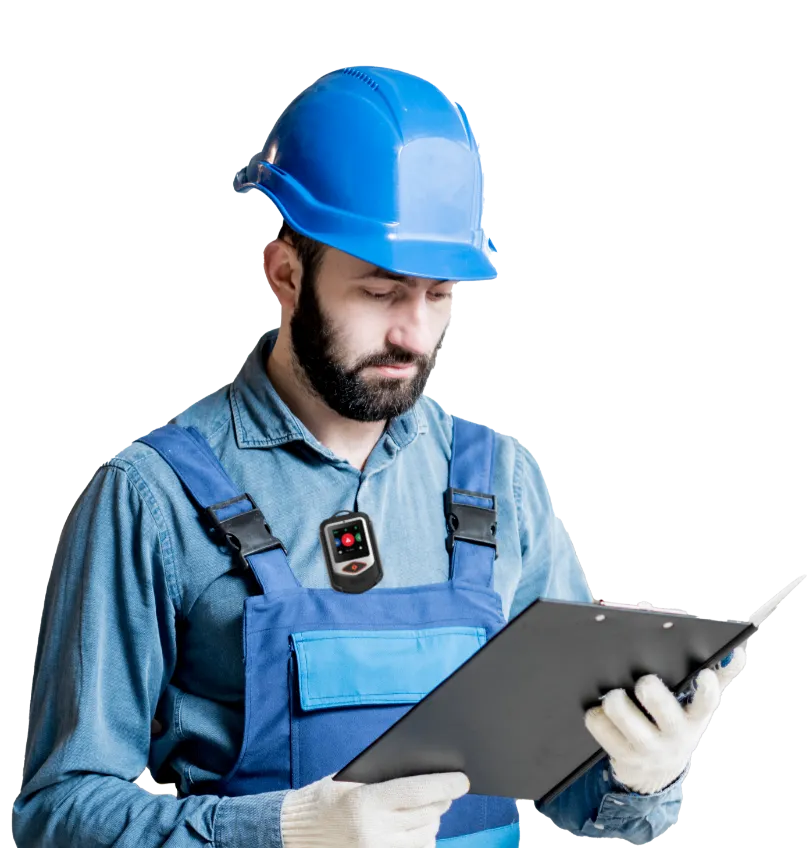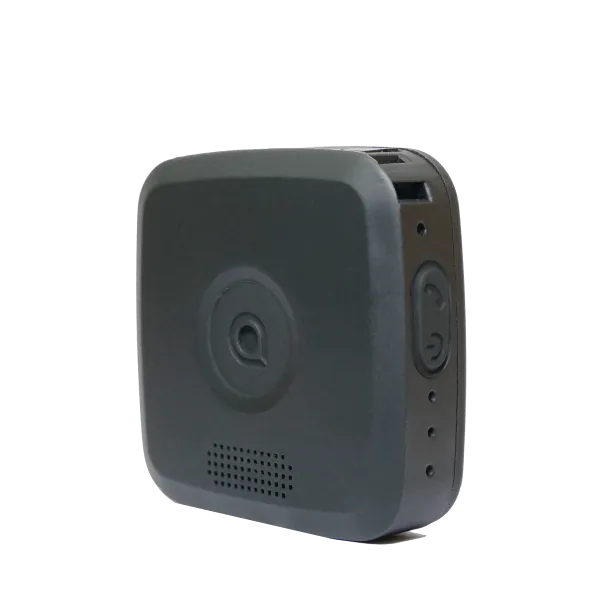
Lone Worker Safety for Construction Workers
The Shield: A Lone Worker Device Built for Construction Sites
The Shield is a rugged lone worker solution that fits perfectly into high-risk environments like construction and infrastructure projects. This device is small enough to not get in the way but rugged enough to withstand the work of an active role.
Explore the safety features trusted by construction workers — including fall detection, GPS tracking, and 24/7 monitoring — designed to protect lone workers on high-risk building sites.
Protecting Lone Workers in Construction: Safety Tech That Works

"Since adopting a SoloProtect lone worker solution, we’ve been pleased with how easily the solution has been adopted by our workforce and the positive impact it’s had on our operations."
Read the case study
"Many of our colleagues are in frontline, customer-facing roles and SoloProtect’s lone worker devices give them immediate access to support in the event of an emergency.”
Read the case studyWhy is lone worker safety essential on construction sites?
Lone worker safety is essential for creating a safer construction industry. It demonstrates a commitment to worker wellbeing, ensures rapid responses to emergencies, reduces liability, and costs, and fosters a positive work culture. Prioritising lone worker security is a proactive step toward minimising risks and promoting a culture of care and responsibility in construction workplaces.
What are the best lone worker safety devices for construction?
Construction workers have a range of options when it comes to lone worker devices, including GPS-enabled devices, panic buttons, and man down alarms. These devices come with various features designed to enhance safety and communication. Organisations should carefully select the devices that align best with their unique safety requirements.
Download our Construction Brochure
How do lone worker safety solutions improve construction operations?
Besides enhancing safety, lone worker security solutions can have several positive impacts on construction organisations. They can improve overall operational efficiency by enabling real-time monitoring of worker locations and quick response to emergencies. Additionally, a safer work environment can attract skilled workers and improve employee morale, leading to increased productivity and reduced turnover.
How do lone worker devices help construction companies meet health and safety regulations?
Lone worker safety devices help construction companies demonstrate compliance with UK health and safety legislation, including the Health and Safety at Work Act and HSE guidance on lone working. By providing workers with panic alarms, man down detection, and real-time monitoring, organisations show they’ve taken reasonable steps to mitigate risk. These tools also support incident reporting and audit trails, making it easier to investigate near-misses or injuries and prove duty of care in high-risk environments like construction sites.
Our Resources

.webp)
.webp)
















.svg)
.svg)

.svg)
.svg)
.svg)
.svg)
.svg)





